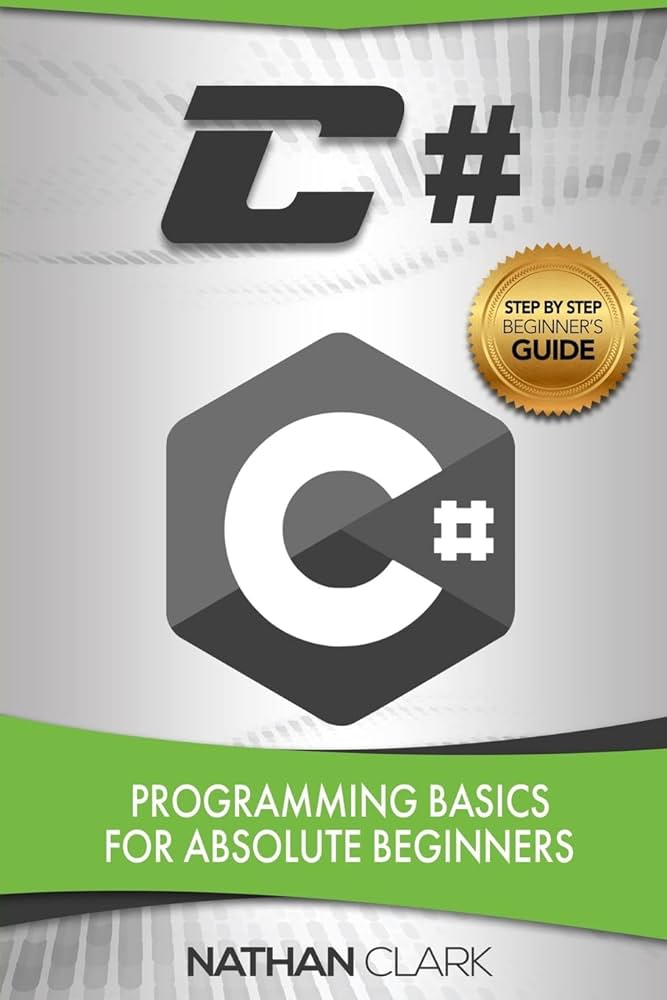This step-by-step guide provides a comprehensive overview for beginners looking to learn programming basics. It covers important topics such as choosing a programming language, understanding basic concepts like variables and control flow, setting up a development environment, and learning syntax. The guide emphasizes the importance of practice, suggests simple programs to start with, and encourages seeking help from experienced programmers and joining programming communities. It also emphasizes the value of building projects to apply skills to real-world scenarios. Overall, the guide highlights the potential of programming to create innovative solutions and shape the future.
Step-by-Step Guide: Programming Basics for Beginners
Introduction
Programming is becoming an essential skill in today’s digital age. Whether you’re interested in building websites, mobile apps, or even diving into artificial intelligence, having a foundation in programming basics is crucial. This step-by-step guide will help beginners understand the fundamental concepts and start their journey into the exciting world of programming.
1. Choosing a Programming Language
The first step towards learning programming is to choose a programming language. There are numerous languages out there, each with its own purpose and complexity level. Some popular options for beginners include:
- Python: Known for its simplicity and readability, Python is an excellent choice for beginners as it emphasizes code readability.
- JavaScript: Widely used for web development, JavaScript allows you to add interactivity and functionality to websites.
- C#: Developed by Microsoft, C# is often used for game development and building Windows applications.
It’s important to choose a language that aligns with your interests and goals.
2. Understanding Basic Concepts
Before diving into programming, it’s vital to grasp some essential concepts:
- Variables: Variables are used to store and manipulate data within a program. They can hold various types of values, such as numbers, text, or even complex objects.
- Control Flow: Control flow refers to the order in which statements or blocks of code are executed.
- Conditional Statements: These statements allow the program to make decisions based on specific conditions, executing different blocks of code accordingly.
- Loops: Loops enable the execution of a block of code repeatedly until a specific condition is met.
Understanding these concepts will provide a solid foundation for writing programs.
3. Setting Up a Development Environment
Once you have chosen a programming language, you need to set up a development environment. An integrated development environment (IDE) is a software application that provides tools for writing, testing, and debugging code. Some popular IDEs include:
- Visual Studio Code: A free and lightweight IDE that supports numerous programming languages.
- PyCharm: Designed specifically for Python development, PyCharm offers advanced features and debugging capabilities.
- Atom: A highly customizable and open-source IDE suitable for various programming languages.
Installing the necessary IDE and configuring it correctly ensures a smooth programming experience.
4. Learning the Syntax
Every programming language has its own syntax, which is a set of rules defining how programs in that language should be written. Syntax includes things like keyword usage, punctuation, and code structure. To learn a language’s syntax, beginners can:
- Read Documentation: Official documentation provided by the language creators is a comprehensive resource for understanding syntax and language features.
- Online Tutorials: Numerous online tutorials and courses cater to beginners, focusing on syntax explanations and examples.
- Books: Programming books dedicated to specific languages offer a deeper dive into syntax and programming concepts.
By exploring these resources, beginners can familiarize themselves with the syntax and start writing code.
5. Practicing with Simple Programs
One of the best ways to learn programming is through practice. Creating simple programs allows beginners to apply what they’ve learned and reinforce their understanding. Some beginner-level programs include:
- Calculator: Build a basic calculator program that performs arithmetic operations.
- Guessing Game: Create a game where the computer randomly selects a number, and the user tries to guess it.
- To-Do List: Develop a program that manages a simple to-do list, allowing users to add, delete, and view tasks.
Practicing with such programs not only enhances programming skills but also boosts confidence.
6. Seeking Help and Joining Communities
While self-learning is possible, seeking help from experienced programmers and joining programming communities can accelerate the learning process. Online platforms like Stack Overflow, Reddit, and GitHub provide an environment where beginners can ask questions, find solutions to coding problems, and collaborate with others.
7. Building Projects
Once you feel comfortable with the basics, it’s time to take on more substantial projects. Building projects helps apply skills to real-world scenarios and encourages problem-solving. Examples of beginner-friendly projects include:
- Personal Website: Build a simple website to showcase your skills and projects.
- Weather App: Create a web or mobile application that displays current weather information.
- Expense Tracker: Develop a program that allows users to track their expenses and generate reports.
Building projects not only strengthens programming skills but also serves as a valuable portfolio.
Conclusion
Learning programming basics can be daunting for beginners, but by following this step-by-step guide and investing time and effort into practice, anyone can become proficient. Programming opens up a world of possibilities, allowing individuals to create innovative solutions and shape the future through technology.
